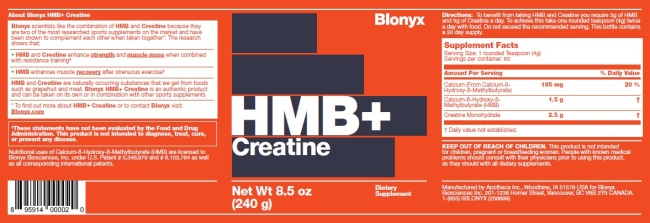Update!!!…. I can now lift cars over my head. Actually any vehicle that would typically have an engine, see picture below.
I most recently finished month two of my Wendler strength training program that is coinciding with the use of Blonyx’s HMB+. To catch you up on things, the three lifts that I have been performing are the squat, press and deadlift. Rather than add the typical auxiliary work that is to be expected with the program, I have used my box’s regularly scheduled programming. I have found that the movements being programed typically hit all my needs. If there is a shortage of exercises (or they are in excess) of what I require, I have made alterations to the programmed WOD.
Month 2:
Just as I noticed in the first month https://fitforfire.wordpress.com/2014/05/02/strength-training-with-blonyx-1-month-update/, all of the reps of final working sets in month two have gone up. Keeping in mind that month two is at a higher weight than month one and also more than the first Wendler cycle I did back in Nov-Jan, results are encouraging. I have added additional strength training once a week that mimics some of the three foundational movements I have been performing without compromising my ability to perform the main movements. A typical week has had me perform the squat, press and deadlift while also incorporating push press/jerks, front/overhead squats and snatch. Volume per week has also been sporadic at best as I typically perform all prescribed workouts at my box that may have movements that mimic that are in my own training.
Blonyx Benefits:
If I was to give only one piece of feedback about using Blonyx thus far, it would pertain to my perceived ability to do more work with less recovery. To give you a better idea of what I am working with, here is a bit of an explanation….
A typical schedule for me runs in eight day increments based off of my four on, four off schedule. Here is what a week could look like whilst taking out all committments/obligations and variables like extra shifts, injuries, ect.
– 10hr shift days: I will typically do one of the foundational lifts programmed with Wendler, mobility and auxiliary gynmastic work.
– 14hr night shift days: I typically sleep in on these days to prepare for the shift. Workouts in the afternoon for 2-3hrs will consist of strength training and the regularly programmed WOD.
– Days off: First day off has me follow roughly the same routine as night shift days as I recoup sleep from night shifts. The other three days I will add another workout in. For these three days it would not be uncommon to see a strength training workout, prescribed WOD and then a gymnastic/bodyweight based workout or a skills workout (varying intensities depending on rx’s WOD)
The reasoning behind the schedule explanation is that I wanted to show what volume of work I am performing. This schedule has been pretty typical since January. What I have found since supplementing with Blonyx is my body’s ability to perform at or near its highest level (not “a high level”, just my own personal level…mediocre and loving it!) on a more regular basis. I can go from a strength training session of push presses, into a WOD with OHS or a ground to overhead movement and then into a skills based workout like handstand walks without feeling debilitated the next day….most of the time. I have truly noticed better recovery results since starting to use the product, which has coincided with an increase in training volume. Had I continued with my four WODs a week programming from last year, with little supplemental work, I do not think I would have challenged/stressed myself enough to notice the difference that supplementation makes. My only rule of thumb is to listen to my body and scale up or down accordingly.
Final Thoughts:
One of the biggest reminders that I will throw out there is that I do all of this training for me. In other words, I am not trying to be a supremely awesome Crossfit athlete on course to make Regionals or the Games. I was drawn to this style of working out because it best suits my needs as a firefighter. What I am trying to do, which is not very measurable until I am in the latter half of my career, is prepare my body for doing the same work at the same level of efficiency up until the day I retire (and remain fit into my retirement because we are prone to dieing young). If I become “good at Crossfit” as a result, so be it. Crossfit was initially designed for protective services members as a way to train “functionally.” So I suppose that my “Crossfit Games” is a 30 year competition whereby finishing 1st means that I retired in great health, staved off cancer, do not suffer from congestive heart failure and I am able to keep up to my kids (who have better moved out by then!)
Thanks for reading the update, retests go in July.


